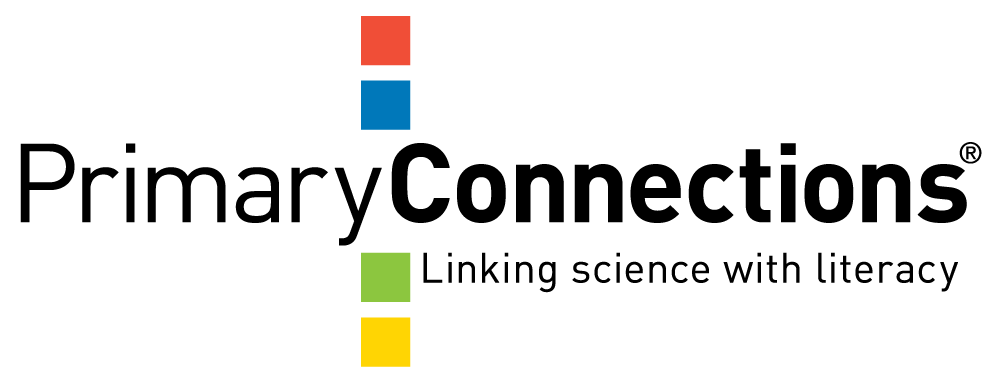This Teaching and Learning guide was designed to support effective teaching and learning in the linking of science and literacy for all students, with a focus on the needs of Aboriginal and Torres Strait Islander students.
Download resource (PDF, 966KB)
Relationships
Establish genuine and effective relationships based on mutual respect and trust between teachers, students, their families and communities. Be fair, consistent and supportive. Genuine partnerships based on intercultural respect between individuals, schools and communities provide greater opportunities to improve the educational outcomes of Aboriginal and Torres Strait Islander students.
Supportive environment
Incorporate ESL/EAL strategies where appropriate and be patient: suspend judgment and ask clarifying questions to support students' storytelling and representations of their developing understanding. Aboriginal and Torres Strait Islander students' thinking and accompanying representations may involve a 'whole-part-whole' process. For some Aboriginal and Torres Strait Islander students ESL/EAL or ESD/EAD will be the biggest barrier to engaging with learning in the classroom.
Precede all learning and written tasks with discussion: incorporate yarning and narratives to support students to develop oral skills. Provide adequate time for students to develop skills. Allow students to use Aboriginal and Torres Strait Islander students’ language and/or Aboriginal English (code-switching) for discussions, but distinguish between these and Standard Australian English (SAE). The teaching of SAE is recommended to assist in improving educational outcomes.
Scaffold literacy tasks: include pictures and photographs, models, sentence starters, sentence strips, shared writing, tables, etc.
Include relevant, contextualised Aboriginal and Torres Strait Islander students’ perspectives to enhance participation in learning activities. Make connections between concrete, pictorial and symbolic or abstract information.
Observe cultural protocols, for example, some students may be sensitive to questioning, direct eye contact, being put on the spot and/or having attention drawn to them. Model and encourage educational 'risk-taking' behaviours to encourage Aboriginal and Torres Strait Islander students to 'have a go' at asking and answering questions.
Support student confidence with repetition and scaffolding: repeat procedures, cues, and instructions until they are learned, then add on and provide new information. Use explicit, minimal instructions and provide verbal and visual cues. Use chunking or mini-tasks to make learning more achievable. Predictability is important. Model and role-play task requirements, use of equipment and appropriate behaviours.
High expectations
Establish high expectations based on individual learning achievements for all students. Make goals achievable: unpack the expectations and demonstrate and model procedures and processes to promote success and build confidence. Offer frequent and authentic feedback, encouragement and recognition for efforts and achievements.
Learning styles
Provide active, hands-on, collaborative learning opportunities, supporting students to choose partners and groups. Include games, inside and outside activities, formal and informal and multi-sensory learning experiences and offer choice where possible.
Provide visual cues and tools: use colour, self-adhesive notes, diagrams, models and other visual learning tools. Support students to work with a range of media and representational modes to enhance engagement and application with written tasks.
Provide opportunities for inclusion of ICT and multimedia presentations and support students to develop skills with these applications.
Links with Indigenous community
Establish links with local Indigenous community members to access contextualised, relevant Indigenous perspectives. Observe protocols recommended in state and territory Indigenous education policy documents to seek out and engage with Indigenous community members.
Resources that support Teaching and Learning
- View the six (6) Primary Connections 'Connecting Minds' videos to listen to teachers and Aboriginal and Islander Education Officers yarn about the Primary Connections Indigenous Perspectives framework, and for ideas about including Aboriginal and Torres Strait Islander Histories and Cultures in the curriculum.
- The 8 Aboriginal Ways of Learning framework is a NSW Department of Education initiative. This website includes extensive resources to support embedded Aboriginal histories and cultures in the curriculum. (Please note: It does not include information on Torres Strait Islander histories and cultures.)
- Guidelines for teachers working with Aboriginal and Torres Strait Islander students can also be found in the Curriculum section in the Primary Connections Indigenous Perspectives framework.

